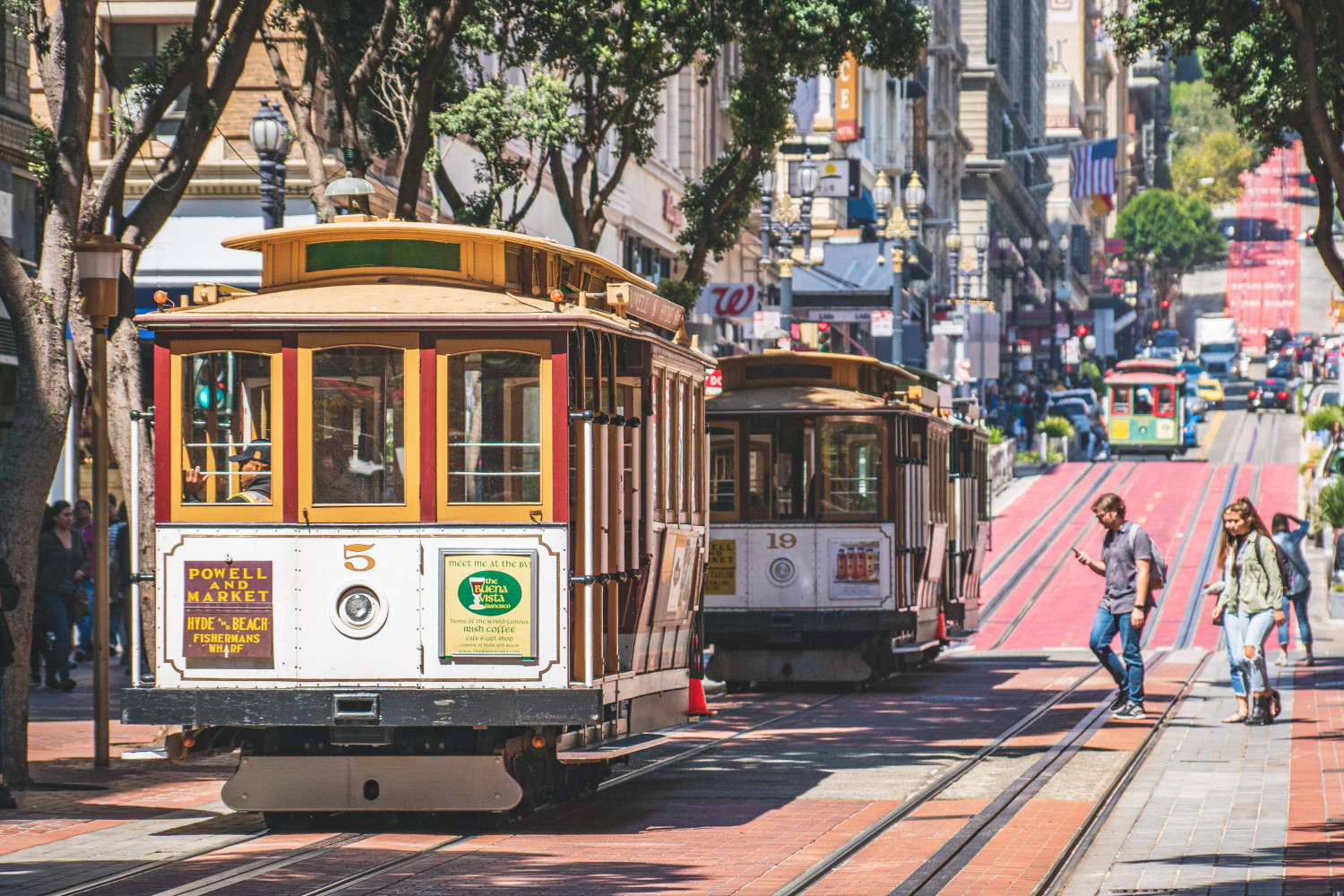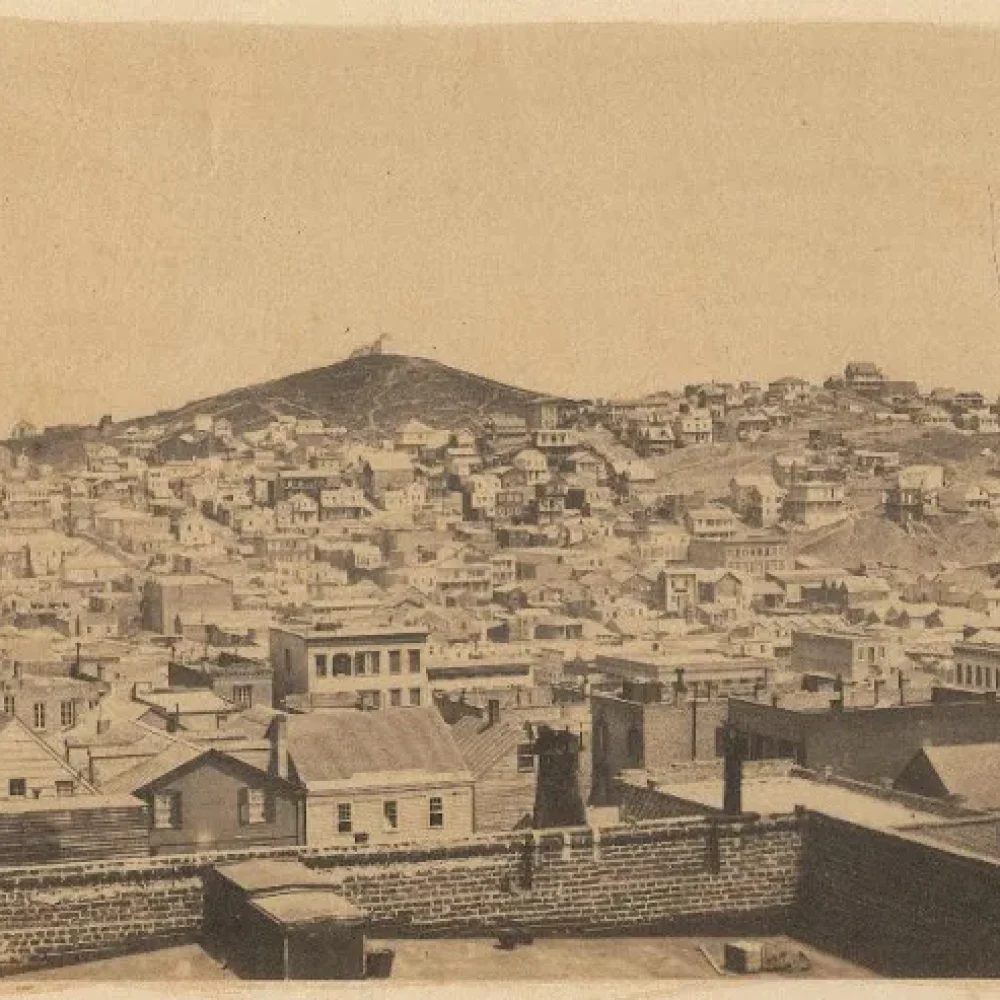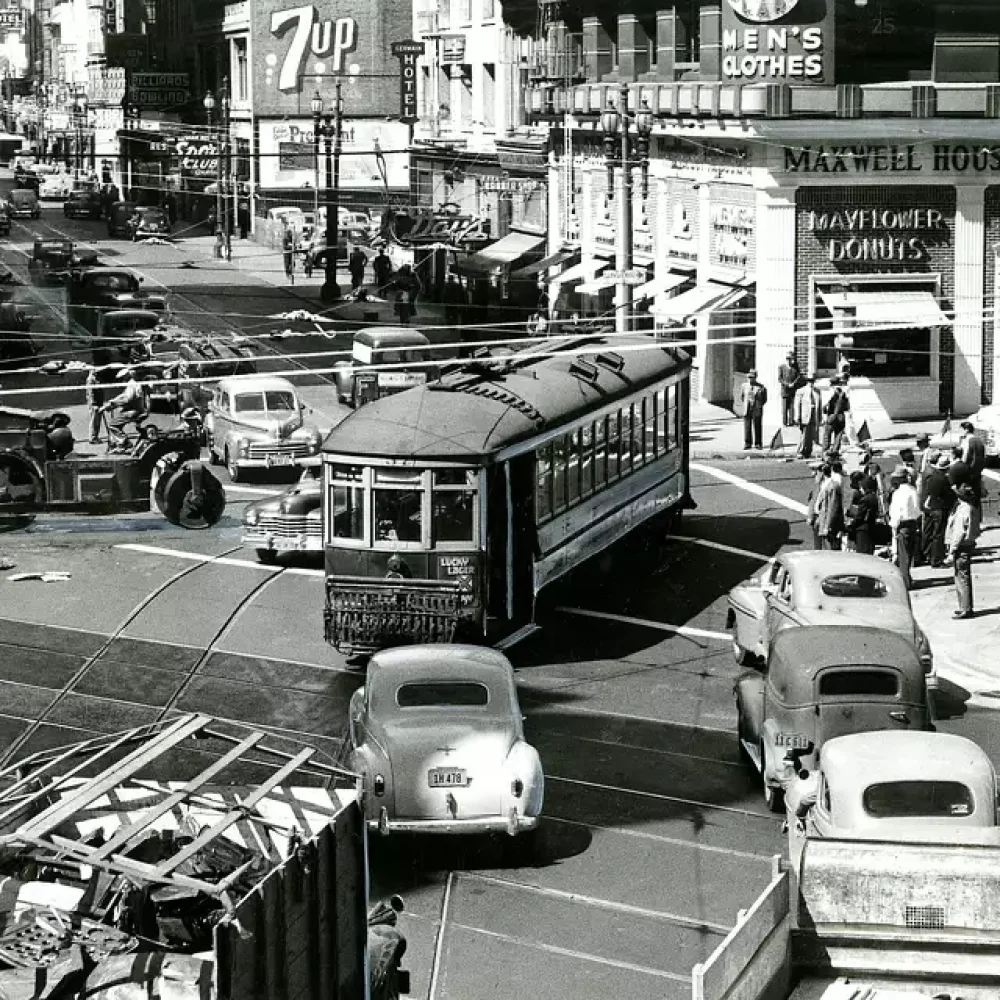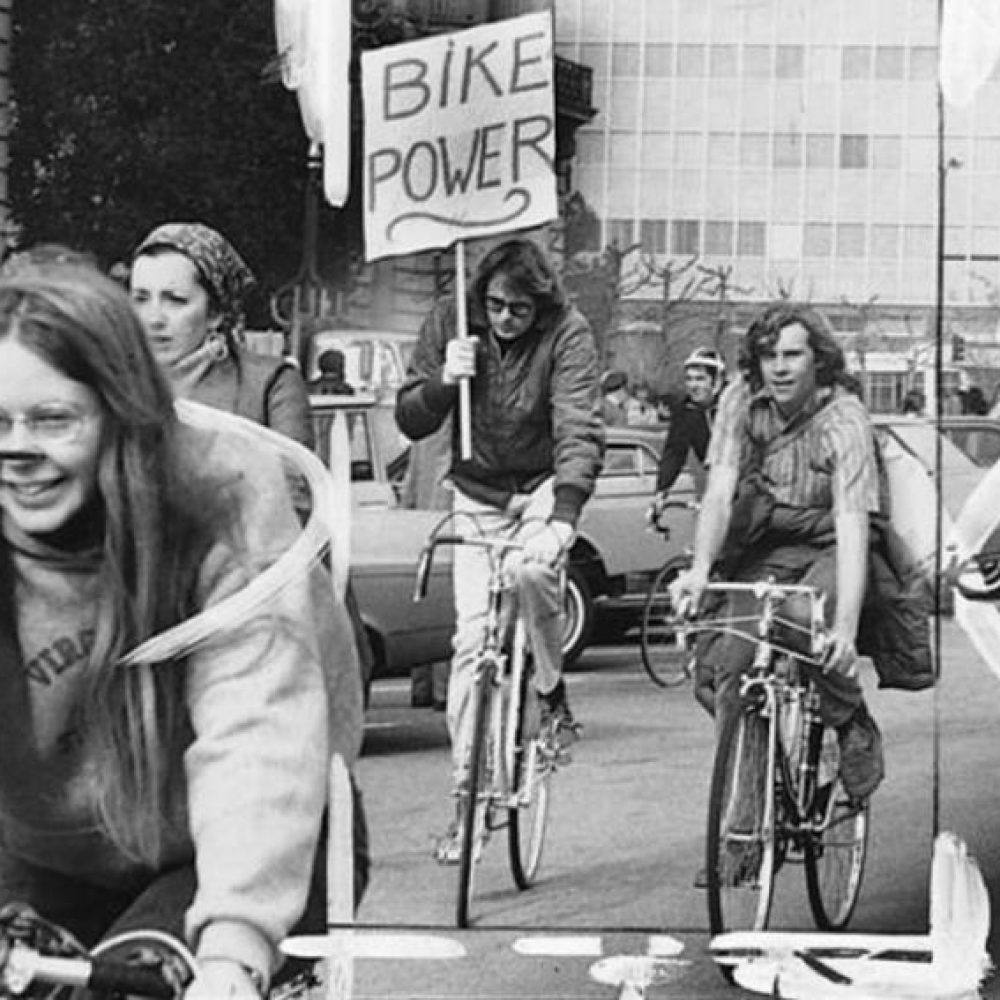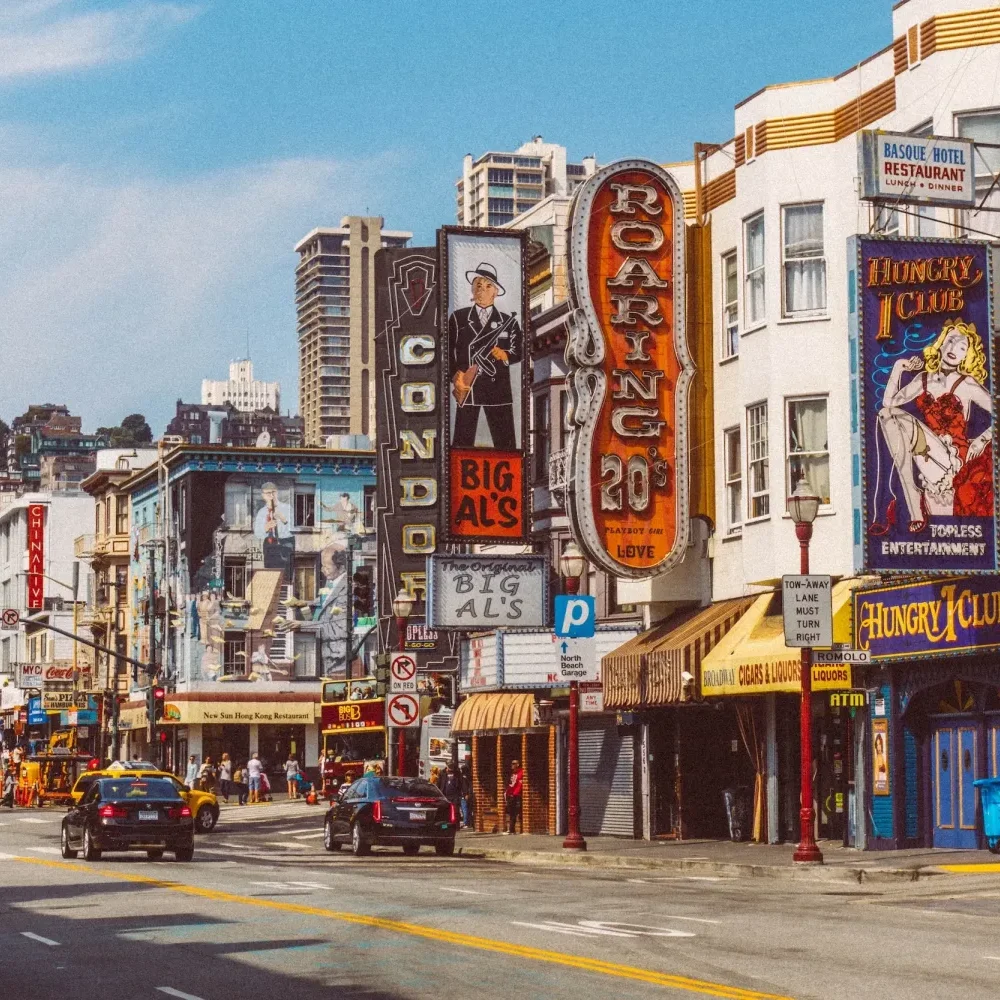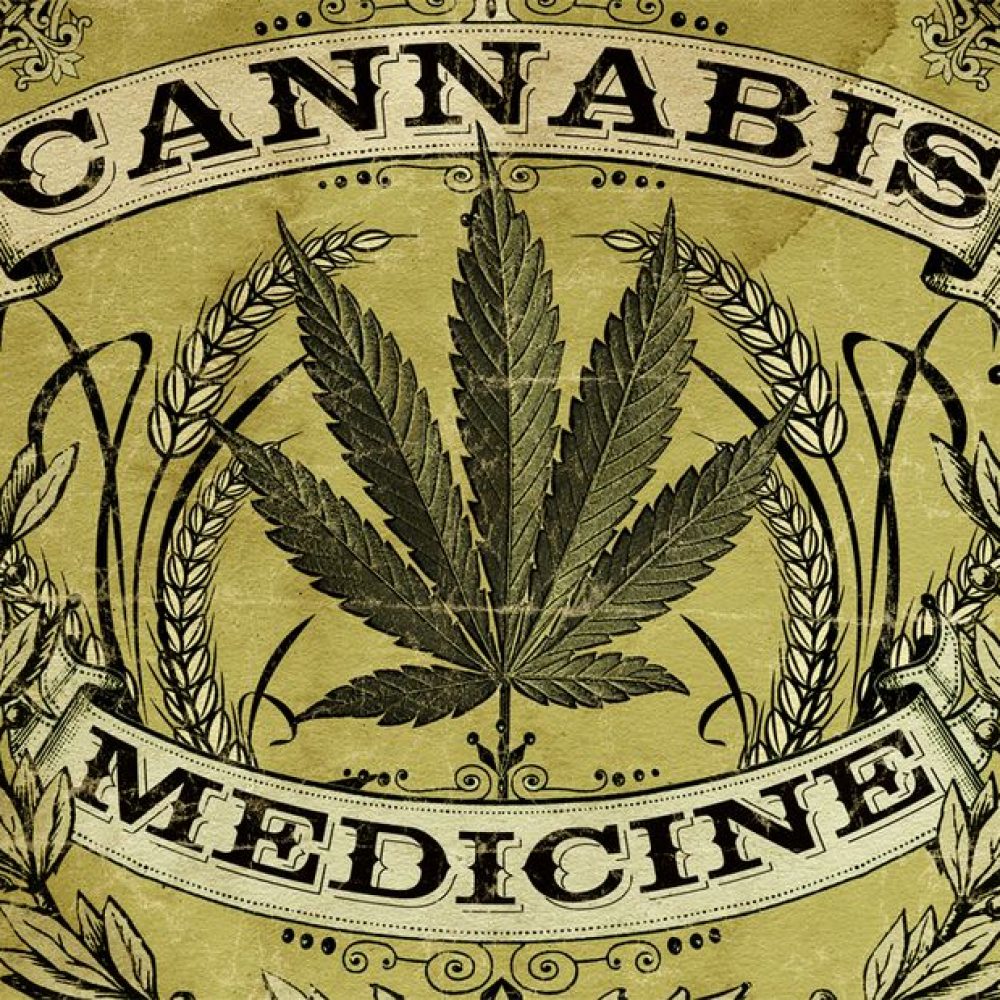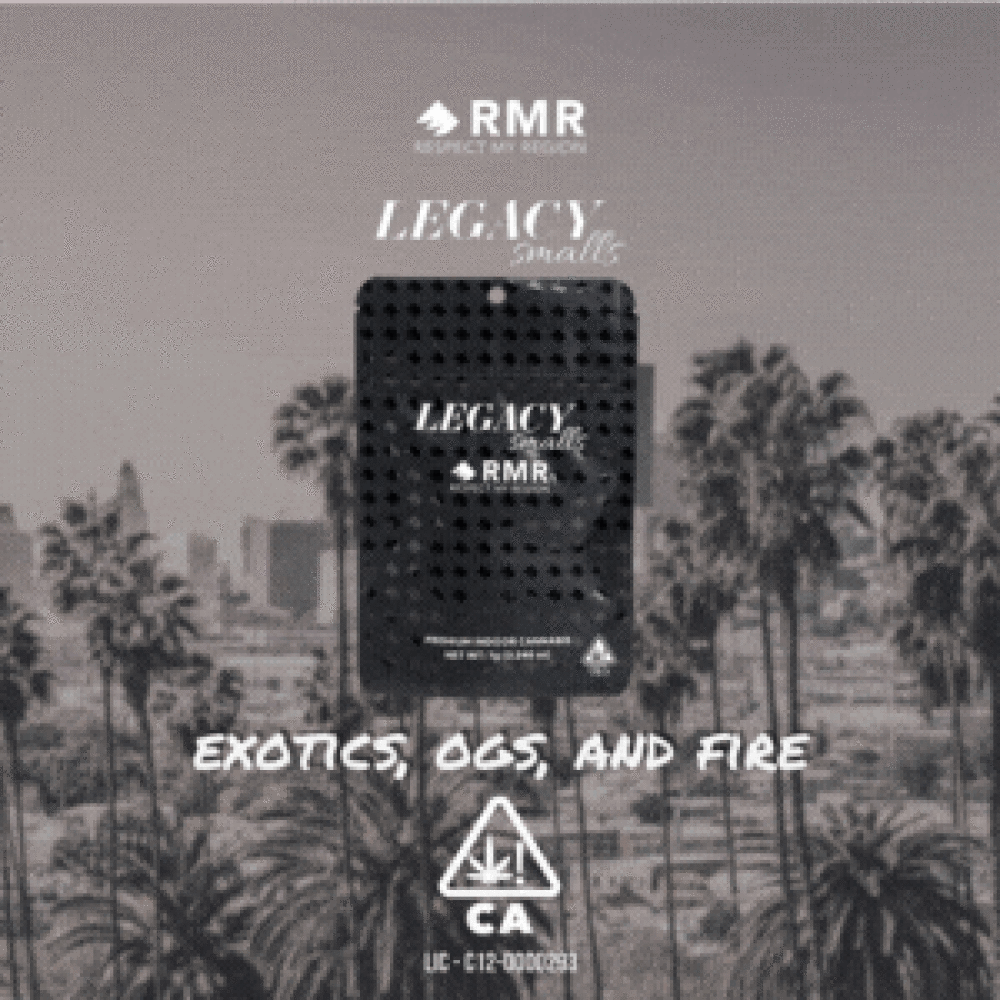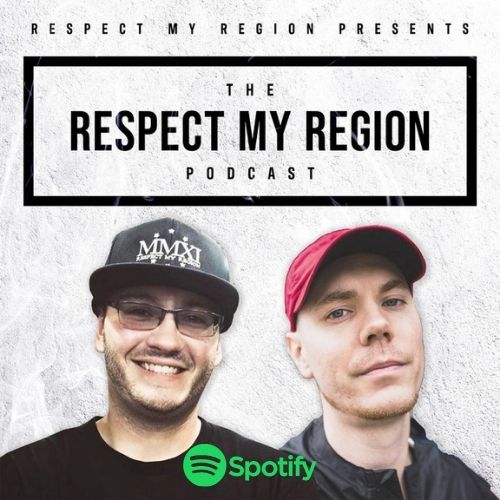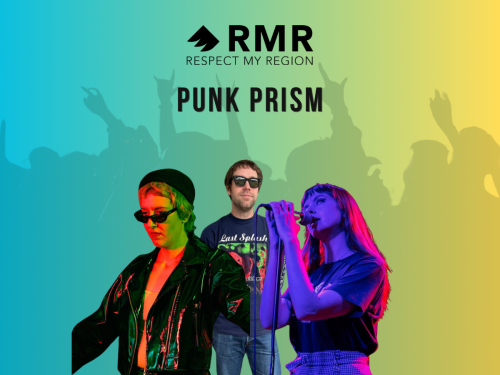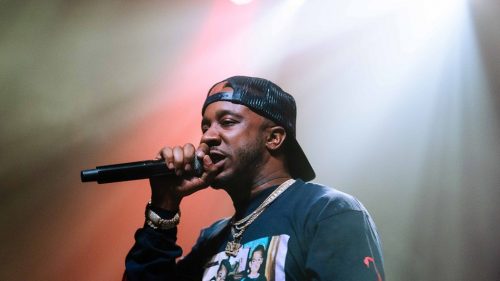San Francisco, often seen as a progressive and free-spirited city, has a long and storied history with cannabis. For decades, the “City by the Bay” has been at the forefront of cannabis culture, legalization, and advocacy. We’ve compiled the history of cannabis in San Francisco, exploring how the plant has played a significant role in the city’s counterculture movements, medicinal applications, and its journey toward legalization.
Early Cannabis Use in San Francisco
Cannabis use in San Francisco can be traced back to the mid-19th century. During the Gold Rush, the city’s population exploded, bringing people from all over the world, including those with knowledge of cannabis and its various uses. Cannabis was often sold in apothecaries and used as a remedy for ailments like headaches and menstrual pain.
In the early 1900s, San Francisco was home to a thriving Chinese immigrant community, and it was here that recreational cannabis use gained momentum. The Chinese introduced the concept of smoking cannabis recreationally, and San Francisco soon became a hub for these activities. As a result, the city began to see the emergence of “reefer clubs” and “tea pads” where people could gather and smoke cannabis.
Prohibition and the Reefer Madness Era
The 1930s marked the beginning of a significant shift in the perception of cannabis. As part of a broader wave of cannabis prohibition that swept the nation, California passed the Marihuana Act of 1937, making cannabis illegal. The legislation, driven by anti-cannabis propaganda, fear, and xenophobia, criminalized cannabis possession, sale, and cultivation.
The infamous film “Reefer Madness” was released during this period, portraying cannabis as a dangerous and mind-altering substance. Despite the film’s exaggerations and misinformation, it contributed to the stigmatization of cannabis in San Francisco and beyond.
The Beat Generation and Counterculture Movements
The 1950s and 1960s saw the emergence of the Beat Generation, with San Francisco at its epicenter. Writers like Allen Ginsberg and Jack Kerouac celebrated the use of cannabis as a form of spiritual exploration and creativity. Cannabis became an essential part of the counterculture movement that was born in San Francisco’s North Beach neighborhood.
As the counterculture movement gained momentum, San Francisco’s Haight-Ashbury district became synonymous with the Summer of Love in 1967. The city drew thousands of young people seeking a different way of life, and cannabis played a significant role in the free-spirited, anti-establishment ethos of the era.
Medical Cannabis Advocacy Begins
In the 1990s, San Francisco found itself at the forefront of a new movement—medical cannabis. In 1992, San Francisco became the first city in the United States to recognize the medical benefits of cannabis. Local authorities passed a law that allowed for the medical use of cannabis, a landmark decision that would set the stage for statewide legalization.
The Cannabis Buyers Club, founded by activist Dennis Peron, provided medical cannabis to patients who were suffering from AIDS, cancer, and other debilitating conditions. This grassroots movement not only alleviated the suffering of patients but also led to Proposition 215, also known as the Compassionate Use Act, which was passed in California in 1996.
The Dawn of Legalization
San Francisco has played a pivotal role in the ongoing push for cannabis legalization in California. In 2010, California voters passed Proposition 19, which sought to regulate and tax cannabis for recreational use. While the measure was ultimately defeated, it marked a significant turning point in the journey toward full legalization.
In 2016, California voters approved Proposition 64, the Adult Use of Marijuana Act (AUMA), making it legal for adults 21 and older to possess, cultivate, and use cannabis for recreational purposes. San Francisco embraced this change, and the city has since been a pioneer in the regulation and taxation of cannabis, showcasing how responsible legalization can benefit both public health and the economy.
Cannabis in Contemporary San Francisco
With the legalization of recreational cannabis in California, San Francisco has seen a significant shift in its relationship with the plant. The city has become home to a thriving cannabis industry, with dispensaries, cultivation facilities, and cannabis-related events contributing to the local economy.
Today, San Francisco’s cannabis culture remains deeply rooted in the city’s history of activism, counterculture, and free expression. Cannabis dispensaries have become a common sight, and the city continues to be a leader in cannabis research, policy, and responsible use.
Social Equity and Inclusion
In the wake of legalization, San Francisco, like many other parts of California, has grappled with issues of equity and inclusion in the cannabis industry. To address this, the city has implemented social equity programs designed to provide economic opportunities to individuals from communities disproportionately affected by the War on Drugs.
These programs aim to level the playing field, offering assistance to equity applicants seeking to enter the cannabis industry. San Francisco’s efforts to prioritize social equity demonstrate a commitment to rectify some of the historical injustices associated with cannabis prohibition.
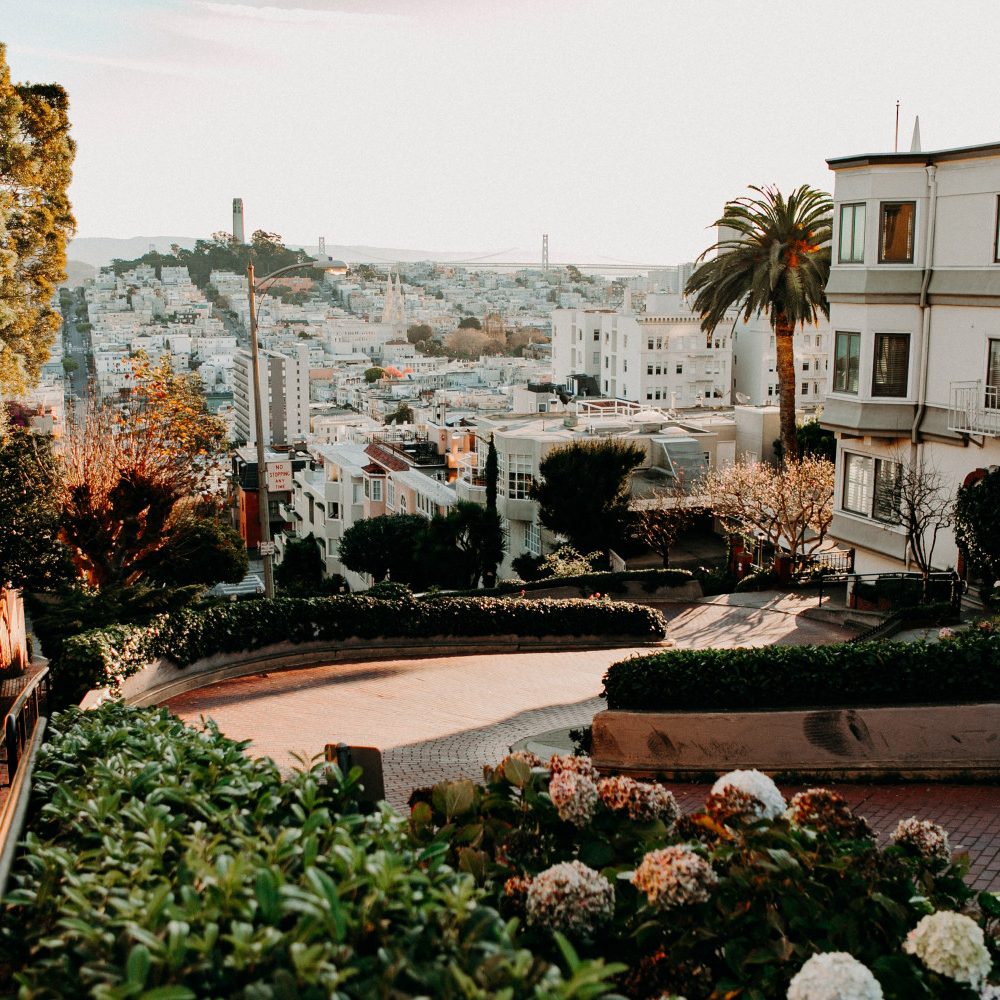
The history of cannabis in San Francisco is a testament to the evolving relationship between society and this once-stigmatized plant. From its early introduction in the Gold Rush era to the counterculture movements of the 20th century and its role in the ongoing fight for medical and recreational legalization, cannabis has weaved its way into the city’s cultural fabric.
San Francisco stands as a beacon of progress, embracing the responsible use and regulation of cannabis. With a legacy of activism, social equity initiatives, and a thriving industry, San Francisco’s relationship with cannabis continues to evolve, and its impact extends far beyond the city’s boundaries, influencing state and national policy. This journey reflects the broader societal shift toward a more informed and compassionate approach to cannabis, one that values both freedom and responsibility.
Gather cannabis history, laws and resources here.


